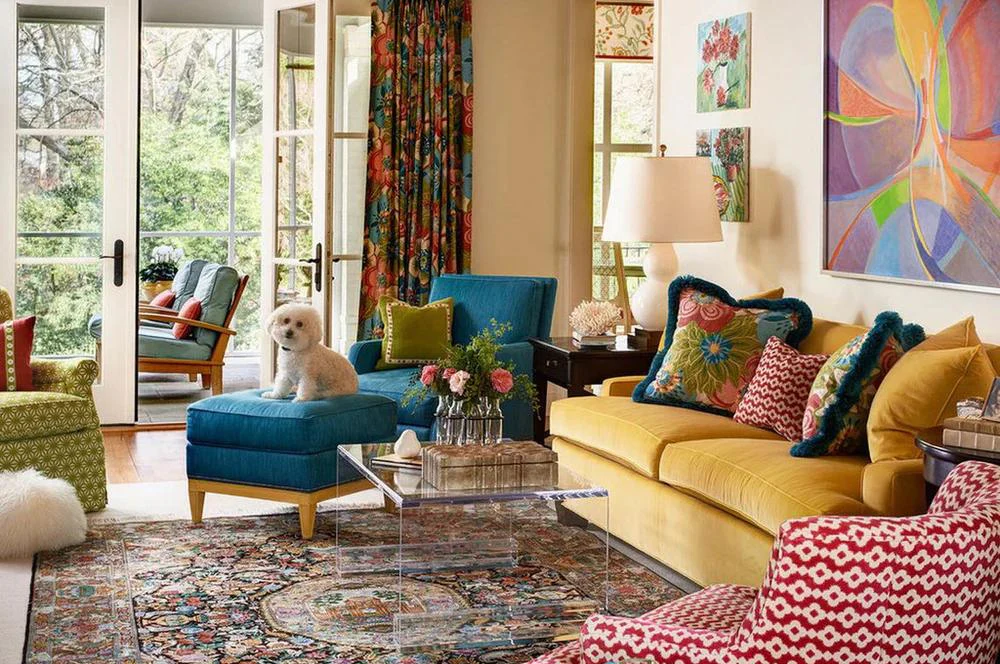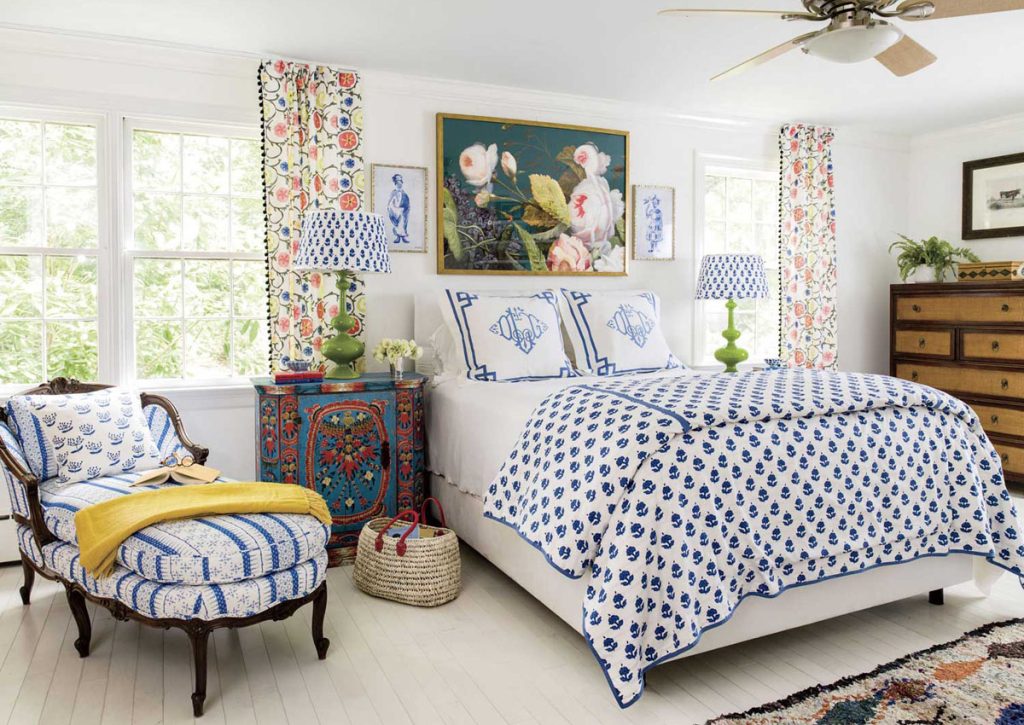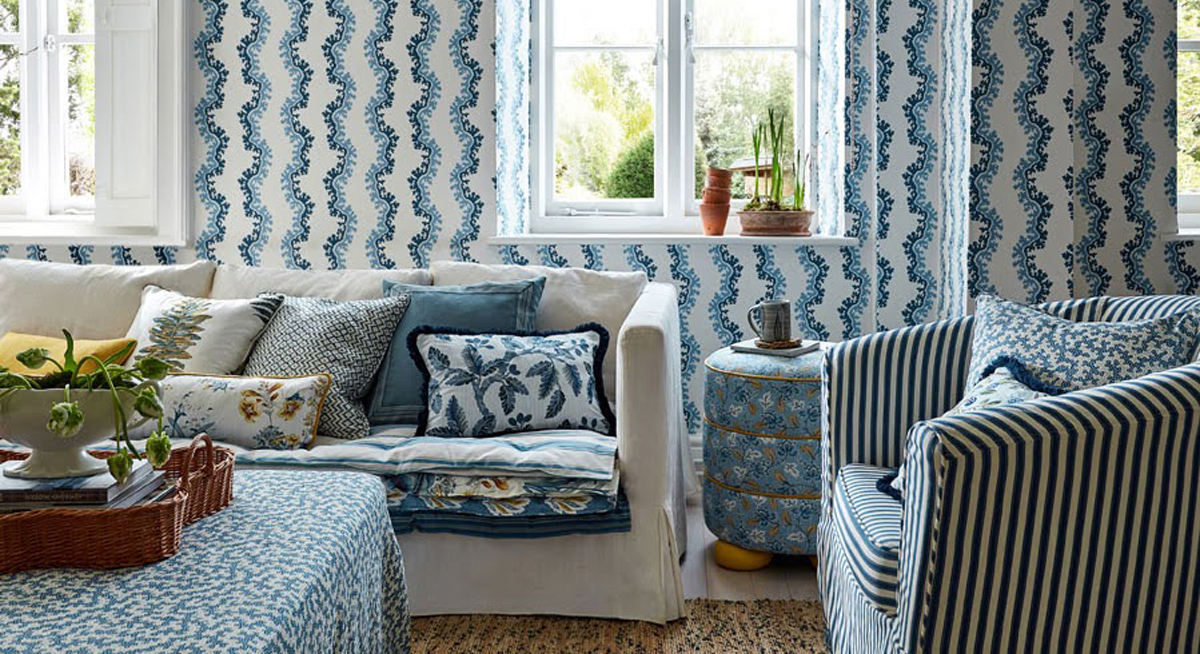Mixing patterns in fashion can feel intimidating, especially when you’re used to wearing solid colors. The thought of combining stripes with polka dots or florals with plaids may seem overwhelming at first. However, mastering the art of pattern mixing can elevate your wardrobe, make outfits more dynamic, and showcase your personal style with confidence. The key is understanding a few essential principles and learning to experiment thoughtfully. Here’s how to mix and match patterns confidently.
1. Start With a Neutral Base

When experimenting with patterns, start with neutral colors as a foundation. Neutral tones like black, white, beige, gray, or navy act as a visual anchor and prevent the outfit from looking chaotic. For instance, pairing a black-and-white striped top with a solid-colored skirt is an easy first step. Once you feel more confident, you can introduce patterned bottoms or accessories while keeping the rest of the outfit neutral.
2. Understand Pattern Scales
One of the most effective strategies for mixing patterns is to play with scale. Scale refers to the size of the pattern. Pairing a large, bold pattern with a smaller, more subtle one creates balance and prevents clashing. For example, a large floral dress can be paired with a small polka dot scarf or shoes. Similarly, a thin pinstripe blazer can complement a chunky geometric print on a top. Mixing scales adds depth to your outfit without overwhelming the eye.
3. Stick to a Color Palette
Choosing patterns within the same color palette is another foolproof method for mixing confidently. Limiting your patterns to a few complementary colors creates cohesion. For instance, if your outfit features shades of blue, combining a navy striped blouse with a lighter blue floral skirt can look stylish and intentional. A cohesive color scheme ensures your patterns harmonize rather than compete.
4. Experiment With Patterns of the Same Family

Another safe approach is to mix patterns that belong to the same visual “family.” For example, stripes and polka dots are both linear and geometric in nature, so they often pair well together. Similarly, floral and botanical prints share a natural motif and can blend seamlessly if you keep the colors complementary. This technique helps you gain confidence while staying visually balanced.
5. Use a Statement Piece
A statement patterned piece can anchor your outfit and make mixing patterns easier. For example, a bold leopard print coat or a brightly colored floral dress can serve as the focal point. Pair it with smaller, subtler patterns or solids to keep the ensemble chic and balanced. Letting one pattern dominate while others play a supporting role prevents your outfit from feeling chaotic.
6. Layer Thoughtfully
Layering is a powerful tool in pattern mixing. For example, you can layer a striped shirt under a patterned sweater or wear a polka dot scarf over a printed blouse. Layers create depth, allowing multiple patterns to coexist without clashing. Remember to maintain balance by limiting the number of bold patterns in each outfit—two to three complementary patterns are usually enough.
7. Consider Texture
Mixing patterns isn’t only about prints; texture plays a crucial role as well. Combining different textures—like a chunky knit with a silky floral top—adds visual interest and dimension to your outfit. Textured fabrics help patterns stand out without creating a sense of visual overload. Velvet, leather, lace, and tweed can be layered with printed items to create a sophisticated, multi-dimensional look.
8. Confidence Is Key

No matter how many style rules you follow, confidence is the ultimate ingredient in pattern mixing. If you wear your outfit with self-assurance, people will notice your style rather than any mismatched prints. Experimentation is part of the fun—don’t be afraid to try unexpected combinations and trust your instincts. Often, patterns that seem daring on paper look effortlessly chic when worn with confidence.
9. Accessorize Wisely
Accessories can help tie patterns together and complete your look. A patterned handbag, scarf, or shoes can echo colors or motifs in your clothing, creating a cohesive effect. Even belts, hats, or jewelry can subtly reinforce patterns and colors, helping the outfit feel intentional rather than random.
10. Practice Makes Perfect
Pattern mixing is a skill that improves with practice. Start small—perhaps by pairing patterned accessories with solid outfits—and gradually incorporate multiple prints. Take inspiration from fashion blogs, magazines, and social media, but don’t be afraid to add your personal twist. Over time, you’ll develop an intuitive sense for which patterns complement each other, allowing you to mix and match with confidence.
Mixing patterns is an exciting way to showcase your personality and elevate your style. By starting with neutrals, paying attention to scale, sticking to a color palette, and layering thoughtfully, you can confidently create bold, fashion-forward outfits. Remember, practice and confidence are your best tools—once you embrace them, the possibilities are endless.

